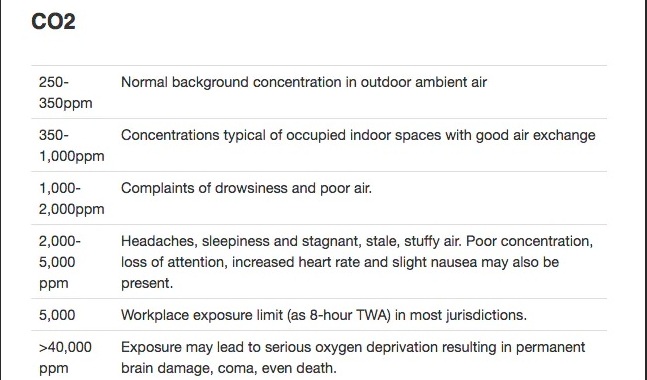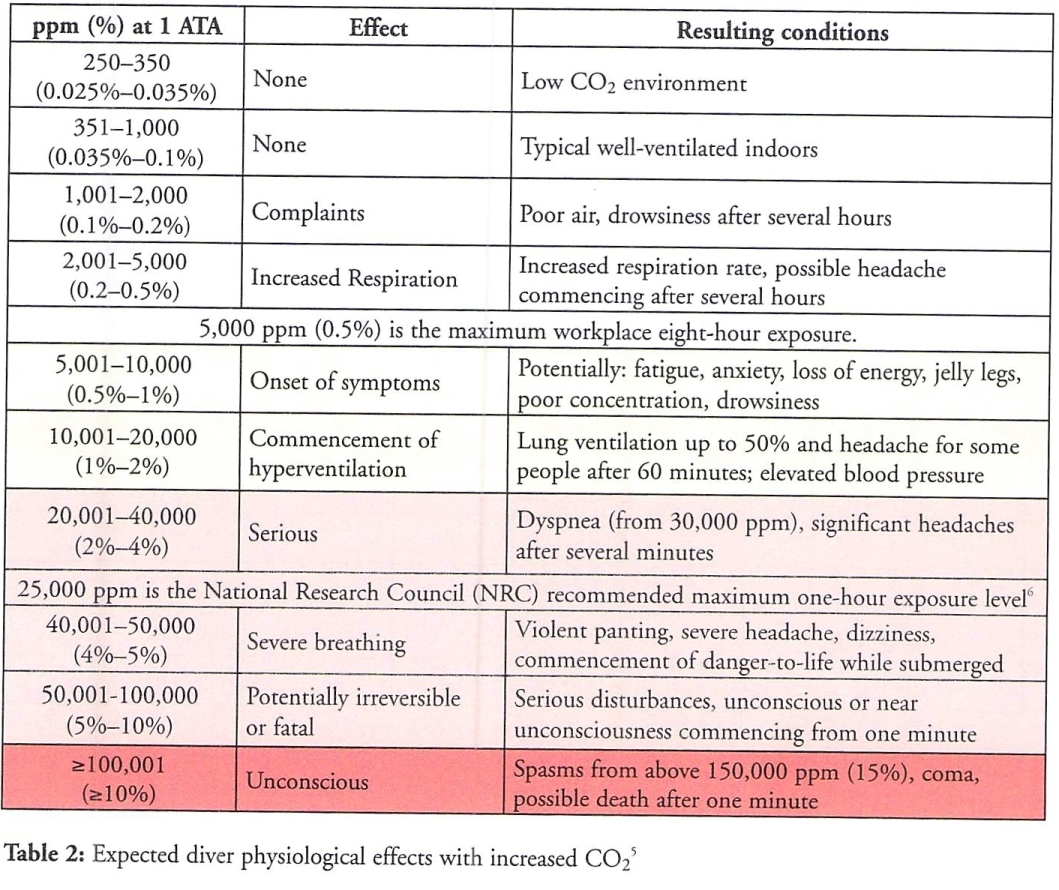
HYPERVENTILATION AND CARBON DIOXIDE
Uncontrolled hyperventilation is caused by overexertion, panic, and/or fright. A person breathes in and out rapidly but the breaths are shallow. Little oxygen gets into the lungs. The person feels they are out of air. The remedy is to relax and "catch your breath." Underwater the key words are: "Stay calm." If the diver starts hyperventilating they must stop what they are doing, take deeper breaths, and relax.
Controlled hyperventilation is done to increase the time for holding their breath underwater. If it is done to excess it can be very dangerous. In the case of controlled hyperventilation, every bit of air that can be exhaled is released from the lungs. This lowers the carbon dioxide (CO2) in the blood stream. Then a deep breath is taken. This raises the oxygen in the blood. If this is done enough a person will be able to hold their breath for a much longer time.
There is a sensor in the carotid artery going into the brain that constantly monitors the level of CO2 in the blood. If it rises too high the sensor sends a signal to a part of the brain that sets in motion all those things a person goes through when they are not getting enough air. So, CO2 controls the breathing rate. There is also an oxygen level sensor in the body but it is not nearly as effective in stimulating one to breathe as the CO2 sensor is.
Every time a person consciously hyperventilates they lower the CO2, but only raise the oxygen a small amount because there is only 21% in the air. If one hyperventilates 4 or more times there is the chance the CO2 level gets so low that a person can hold their breath to the point of blacking out. The CO2 level may not climb back to the point where the breath-holder is warned to breathe before becoming unconscious. Swimmers trying to go long distances underwater while holding their breath after excessive hyperventilation have blacked out and continued to swim, only to crash into the end of the pool. The part of the brain causing the blackout is in the cerebrum. The swimming coordination is controlled by the cerebellum which continues to function after the blackout.
The level of Carbon Dioxide in unpolluted air is 0.03% or 300 ppm. Grade E air, the industry standard for scuba tank air has a limit of 1000 ppm or 0.1% CO2.


Zone I above includes unpolluted air at 300 ppm and Grade E air at 1000 ppm. Zone I air is safe to breathe. Zone V air will rapidly produce unsciousness.
